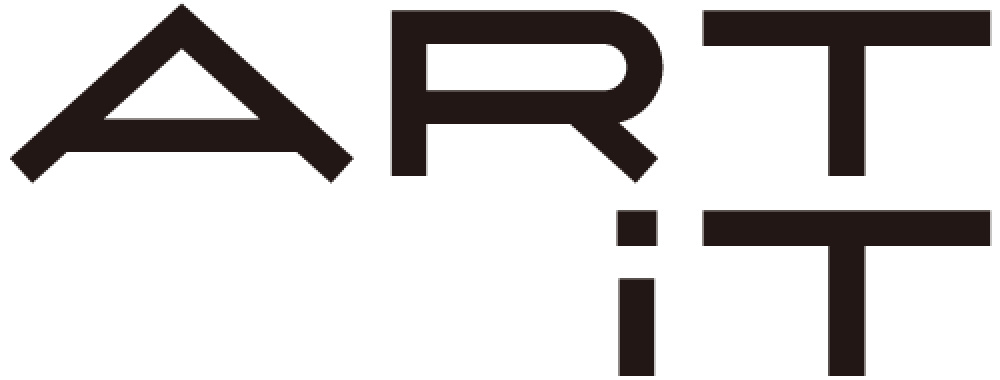(This interview with Masaharu Sato was conducted over e-mail by Masami Tsubouchi, curator of the current exhibition at the Hara Museum. It has been divided into three parts of which this is the first.)
Background to the work Calling
Tsubouchi (T): We were very happy to have been able to invite you to do the Hara Documents exhibition, modest though it is in scale. I believe the first work I saw of yours was Avatar II (2009). Later, I saw Calling (2009-2010) at No Man’s Land exhibition. In truth, that second time I didn’t realize the work was by the same artist. I remember seeing things that were seemingly familiar but still strange nonetheless and not being able to express what it was exactly that I was looking at. In other words, for me, it was a new visual experience, something I didn’t understand well, which is why I made it a point to focus my attention on your work. But first I wonder if you can tell us what technique you use to create those uncanny images in Calling?
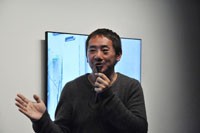
Masaharu Sato
Photo: Naruki Oshima
Masaharu Sato (S): I basically use four tools to make my work: a video camera, a personal computer (iMac), software for drawing and video editing (Photoshop, After Effects) and a pen tablet (mouse in form of a pen). If I compare it to the painter’s craft, my canvas is the PC, my pigments are the software and my brushes are the pen tablet, which makes my process an analog one, even though the devices I use are digital. Having said that, some 15 years ago, when I first started using the PC to draw things, the pen tablet was quite a lot of trouble to handle. I think anyone who’s drawn a picture on a PC will understand, there is a bit of a time lag between the stroke made on the pen tablet and the stroke that appears on the monitor. Naturally such a time lag doesn’t occur when you add paint to the surface of a canvas. It’s a minor problem given the fact that once you’ve gotten used to the lag, it no longer bothers you, but the feeling is different from the sense of satisfaction one gets when drawing a picture the usual analog way. The more I draw with a pen tablet, the more ephemeral I feel my own existence becomes.
But I digress. Back to the process of making Calling. Compared with my other video works, there’s a lot less movement in this series. After I’ve uploaded the video that I took with the digital camera, I choose one frame of the 24 that make up one second of footage. Then, using it as a base, trace the image with Photoshop. In the first stage, I use a line to outline the items. For example, if it’s a scene in a room, I draw an outline around the tables, chairs, washing machine and even small accessories that appear in the room. After that, I fill in each item with a different base color.
The picture at this point lies somewhere between realistic and abstract. I then enlarge the screen with a magnifying glass tool and start adding details using a tempera-like technique. As I go through the stages towards completion, the original image has been etched in my brain, so I make fewer comparisons with the original, until finally I end up with a final image that reflects the one in my head.
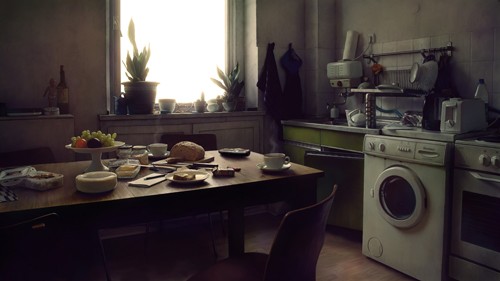
Calling (German version) animation, loop (7 minutes), single-channel video, 2009-2010
Development of the Tracing Technique as a Way to Fulfill the Creative Urge
T: Wow. The labor involved is backbreaking, as I had imagined. Why did you come up with such a laborious method? Is it related to what you said before, about feeling your own existence becoming more ephemeral when using a pen tablet rather than the usual methods? Also related to that, you said that during your time as a painting major, you didn’t produce a single painting, and that this moratorium-like period continued when you were in Germany. Was it the tracing technique that led to a great change in that situation?
S: When I was in junior high school, I underwent special training in academic painting in order to gain admission to an arts-related high school. The high school I went to also specialized in art, with art classes accounting for 70% of its curriculum. For three years, I studied Western-style oil painting, design, Japanese painting and sculpture. My first attempt at the entrance exam to Tokyo University of the Arts failed. So I spent a year in Tokyo studying at an art cram school in Mitaka where I painted from morning to night. The next time I passed the exam and was admitted. By that time, I was burnt out on art, having studied classical painting to modern painting for about seven years. I didn’t have the slightest interest in producing a painting. Maybe it was a reaction, but I ended up leaping without much thought into the world of contemporary art which until then I hadn’t taken seriously. For example, during the annual exhibition of work by first-year oil painting majors, I hated the idea of exhibiting inside the painting studios with everyone else. Instead, my exhibit was a vast outdoor embankment which I had covered with debris I had gathered in the city. For my degree show as a grad student, I took a full-size mold of my own body, made a wax replica and transplanted body hair and pubic hair from my own body to this copy.
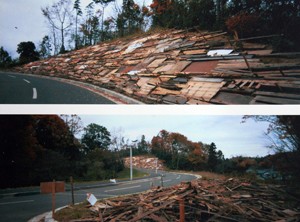
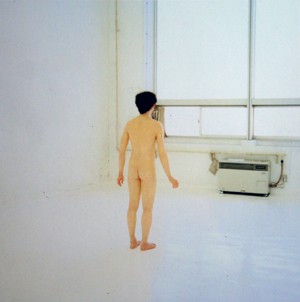
After having tried every means of expression called “art” from junior high school until the time I graduated from college, my ardor for art had cooled down even more than before. Feeling the need to turn over a new leaf, I went abroad to study at the Kunstakademie Düsseldorf in Germany. I didn’t enroll as a regular student, but as an auditor, so two years later my visa ran out. Not having found what I was looking for, I didn’t feel ready to go back to Japan, so I remained on a visa from the Japanese restaurant I had been working at. At first I simply thought there would be no problem working at the restaurant and making art in my free time. But it didn’t turn out that way. From the morning, I was busy preparing for lunch, then with taking care of the busy lunch crowd. After a rest, I had to prepare things for the evening. Until closing time, I had to handle orders and prepare stock for the next day. At the end, I’d have a beer to sooth my exhausted body and then get home around 2 am. I repeated this process every day for two years, during which my urge to be an artist gradually faded.
The manager of the restaurant would nag us saying, “You have to deliver the same flavor to the customers every day!”
You asked if my situation was greatly changed by the tracing technique. As an answer, I might be able to say the tracing technique was a natural result of that situation. In a situation where I had no time to finish any artwork, the act of tracing was a way for me to satisfy my creative urges.
(To be continued to Email Interview Part 2.)
*********************
Meet the Artist: Masaharu Sato
The artist Masaharu Sato will give a talk at the Hara Museum in connection with the current exhibition Hara Documents 10: Masaharu Sato – Tokyo Trace. During the talk, the artist will give a demonstration of his tracing technique using as his subject one volunteer from the audience.
(Note: The talk will be given in Japanese only.)
Date: March 26 (Saturday), 2016
Time: 14:00 – 15:30
Venue: The Hall at the Hara Museum of Contemporary Art
Fee (includes museum admission): General 2,000 yen, Students 1,500 yen
Seating capacity: 80 persons
Requests for reservations will be accepted from 11:00 am on Friday, February 26.
Reservations can be made by telephone (03-3445-0651 during opening hours) or by email.
If by email, please write the following information and send it to event@haramuseum.or.jp.
– On the subject line: “Reservation for Meet the Artist”.
– In the body of the email: Your name, contact number and number of persons in your party.
